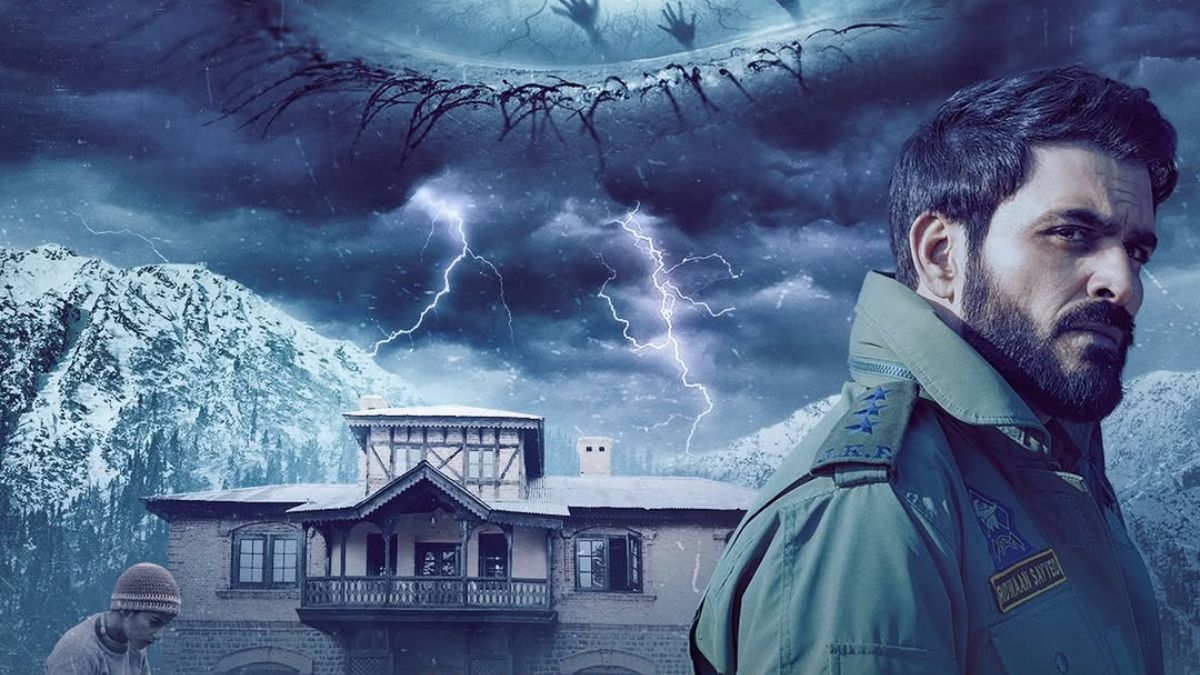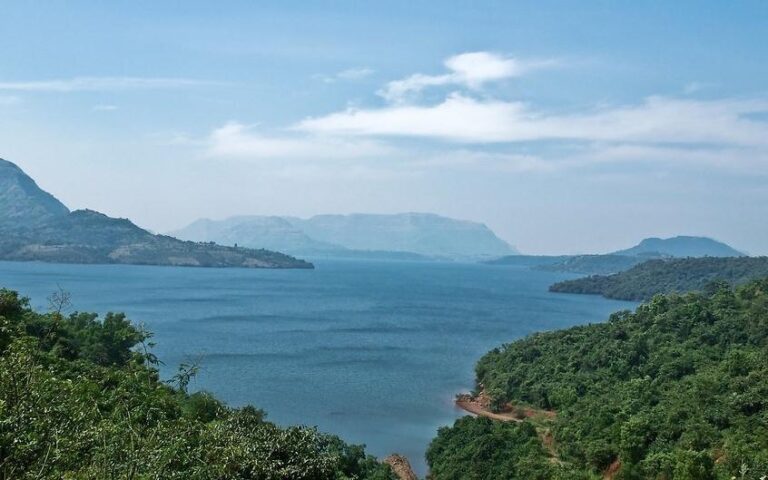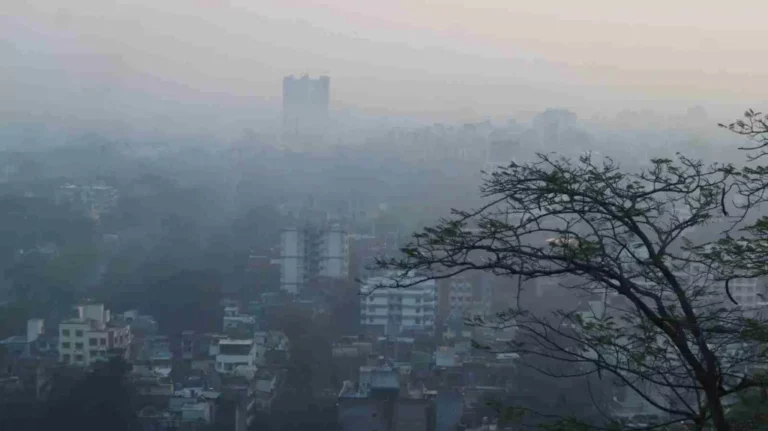The release of Baramulla movie is a gripping story that keeps you on your toes from start to finish. It arrived with high expectations, promising a deeply rooted story set in the heart of the Kashmir Valley. Directed by Sajid Mir, the film attempts to capture the socio-political tensions, emotional scars, and cultural beauty of Baramulla, a district often seen as the emotional pulse of Kashmir. Yet, despite its ambitious vision and breathtaking cinematography, Baramulla struggles to maintain the narrative depth and artistic rigour that Kashmiri cinema once stood for.
We explore how the movie falls short of its potential, why it still matters for Kashmiri storytelling, and what Aditya Suhas Jambhale Baramulla movie tells us about the current state of regional filmmaking in India.
A Story Rooted in Kashmir but Missing Its Soul
Baramulla movie opens with panoramic shots of snow-laden mountains and the tranquil Jhelum River, instantly immersing the viewer in the valley’s natural splendour. The cinematography by Nisar Wani is undeniably the film’s strongest asset. However, beyond its visual poetry, the film lacks the emotional cadence that once defined Kashmiri narratives.
The plot revolves around Aadil, a young teacher navigating the moral and emotional aftermath of violence in Baramulla. His journey—meant to symbolize Kashmir’s resilience—often feels predictable and emotionally detached. The dialogues, while poetic at times, fail to convey the depth of pain and introspection that such a story demands.
For an audience familiar with films like Haider and Harud, Baramulla might feel like a diluted echo rather than a fresh voice. The screenplay relies heavily on symbolism but doesn’t invest enough in character arcs or interpersonal complexity.
Loss of Rigour in Kashmiri Cinema
Over the years, Kashmiri cinema has tried to reclaim its identity after decades of silence caused by political turmoil. Filmmakers are returning to the valley with new stories and local perspectives. However, Baramulla movie highlights a growing concern: the loss of narrative rigour in the rush to produce content that “represents” Kashmir rather than interrogates it.
The film’s pacing feels inconsistent, with long, contemplative sequences that lack emotional payoff. Where earlier Kashmiri films excelled in subtle storytelling, Baramulla movie leans toward melodrama. This reflects a broader issue—regional filmmakers now face the pressure of global streaming platforms and digital audiences. In trying to appeal to everyone, the film loses the nuance that made Kashmiri cinema distinct.
Performances That Try to Salvage the Story
Actor Aamir Bashir, known for his nuanced portrayals, delivers a restrained performance as Aadil. His quiet grief anchors the film’s most moving moments. Supporting actress Sana Altaf as Zoya brings warmth and authenticity, though her limited screen time restricts her impact.
The chemistry between the leads hints at something more profound—a shared trauma and yearning—but the screenplay doesn’t allow their relationship to evolve meaningfully. Despite their efforts, the film never fully transcends its script’s limitations.
Technical Brilliance, Thematic Shortfall
Technically, Baramulla is a well-crafted film. The cinematography captures both the haunting emptiness of conflict and the tender intimacy of daily life. The background score, infused with Kashmiri folk instruments, complements the visuals beautifully.
Yet, the film’s thematic execution feels uneven. The director raises critical questions about memory, displacement, and belonging but doesn’t offer fresh insights. The narrative’s emotional restraint borders on indifference, leaving audiences intellectually intrigued but emotionally untouched.
Baramulla and the Future of Kashmiri Filmmaking
Despite its flaws, Baramulla is an important film because it signals a renewed interest in Kashmiri storytelling. It reminds audiences that cinema from the valley can still provoke dialogue about identity, trauma, and hope.
However, the next generation of Kashmiri filmmakers must go beyond the aesthetics of snow and sorrow. They need to rediscover the rigour, honesty, and subtlety that once defined the region’s artistic spirit. Baramulla is a visually stunning but emotionally incomplete chapter in this evolving narrative.
Final Verdict
Baramulla deserves credit for its ambition and technical brilliance, but it ultimately loses its emotional and intellectual footing. For viewers looking for a heartfelt exploration of Kashmir’s complex reality, the film might feel like a missed opportunity.
Best for: Viewers interested in Kashmiri landscapes and sociopolitical themes.
Not for: Those expecting emotionally layered storytelling or strong character development.








